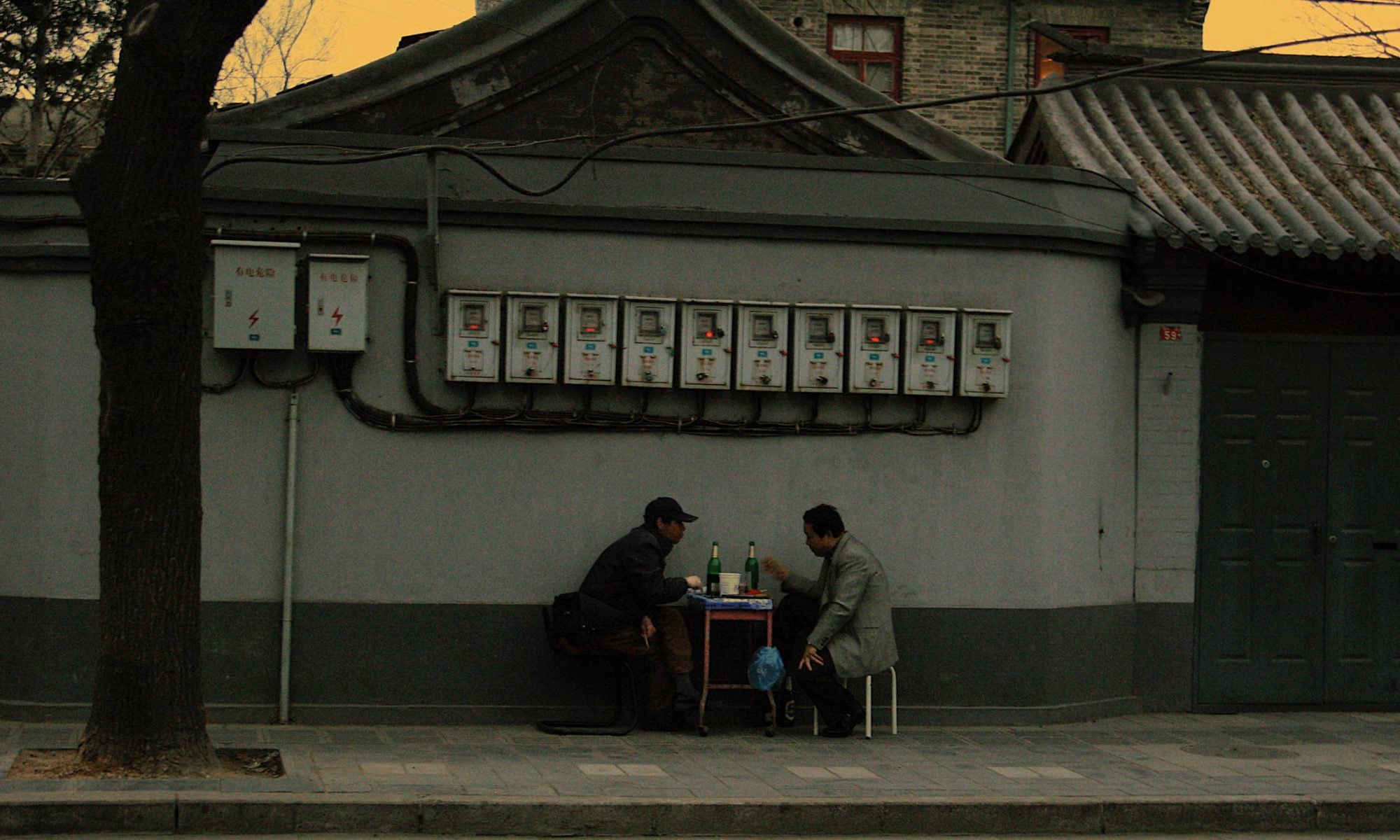I have been remiss in not bringing to your attention the creation of the Costs Court, which came into operation at the beginning of this year. It is in fact not really a new Court, in the sense that it is just a revamped division of the Supreme Court. But the development means that the number of dedicated costs decision makers in the Supreme Court has increased from one to three. It heralds a new era in the hitherto fragmented, inconsistent and arcane world of legal costs. The air of change is enhanced by the relatively recent change of guard at the top from long-time and generally well-loved incumbent, Master Tom Bruce as Taxing Master to Associate Justice Jamie Wood as Costs Judge.
Greater consistency between decisions in relation to costs in the different state courts and VCAT will be promoted by all their taxations being conducted by the one new institution, in the same place, under the ultimate control of the Costs Judge. The County Court’s former taxing officers have become Registrars. They used to do taxations of Magistrates’ Court cost orders as well, and the new reality is that no more taxations will be conducted by officers of VCAT, the Magistrates’ Court, or the County Court. That is not to say, of course, that VCAT members, Magistrates and County Court judges, will not fix costs summarily by reference to the appropriate scale at the end of a case though. But I can’t think of a decision maker who relishes fixing costs, and the temptation to leave it to the Costs Court may mean judges and Magistrates fix costs less.
There is an anomaly which should be cured. VCAT will continue to hear applications to set aside costs agreements, and ‘costs disputes’ under the Legal Profession Act, 2004, in relation to disputes over fees in matters where the total costs are not more than $25,000, whereas solicitor-client taxations (which are often stayed pending, for example, the result of applications to set aside costs agreements) are carried out by the Costs Court. It would seem appropriate to me for those jurisdictions to be brought into the Costs Court, and re-built into one stand-alone system for the resolution of solicitor-client disputes over fees, to operate under one statute (e.g. the Legal Profession Act, 2004) rather than the present jumble of that Act, the Supreme Court Rules, 2005 the Supreme Court Act, 1986, the VCAT Act, 1998 and the Fair Trading Act, 1999. The wealth of experience of the members of the old Legal Profession Tribunal, now VCAT’s Legal Practice List, could and should be brought into the Costs Court.
Here is Practice Note no. 7 of 2010, about the Costs Court. The Costs Judge’s associate is Sean Linehan whose numbers are 9603 9324 and 9603 9320.
Section 17D(3) of the Supreme Court Act, 1986 now provides that the Costs Court ‘must exercise its jurisdiction with as little formality and technicality, and with as much expedition, as the requirements of this Act, the Rules and the proper consideration of the matters before the Court permit’. Another innovation is that the Costs Court is newly empowered to give on the papers estimates of the amount a bill is likely to tax at, which may be made into an order if no objection is raised by either party within 21 days: see Part 8 of Order 63: new rules 63.86 – 63.89. The Federal Court has been doing so for years, a service much appreciated by practitioners.
Continue reading “The Costs Court”
